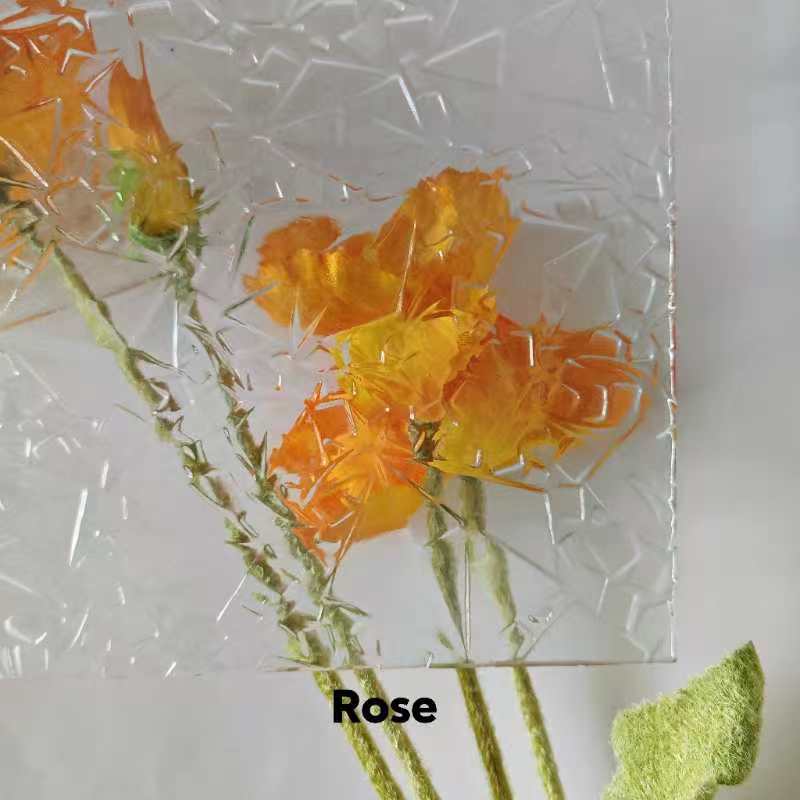

Understanding Low-E Toughened Glass A Game Changer in Modern Architecture
In the realm of modern architecture and construction, the demand for energy efficiency and aesthetic appeal has become paramount. This has given rise to innovative materials that not only enhance the functionality of buildings but also contribute to sustainability. Among these materials, low emissivity (Low-E) toughened glass stands out as a significant development, marrying strength, safety, and thermal performance. In this article, we will delve into the properties, benefits, and applications of low-E toughened glass.
What is Low-E Toughened Glass?
Low-E toughened glass is a type of glass that has been heat-treated to enhance its strength and safety, making it suitable for a variety of demanding applications. The term Low-E refers to a special coating that reflects infrared radiation while allowing visible light to pass through. This coating significantly reduces heat transfer, thereby improving the thermal efficiency of buildings. When the glass is toughened, it undergoes a process of rapid heating and cooling, resulting in a material that is much stronger than standard glass.
Properties of Low-E Toughened Glass
1. Energy Efficiency One of the most significant advantages of Low-E toughened glass is its superior thermal insulation properties. The Low-E coating reflects heat in the summer while retaining warmth in the winter. This dual action not only contributes to a comfortable indoor environment but also significantly reduces heating and cooling costs.
2. Safety and Durability Toughening the glass increases its resistance to impact, making it an excellent choice for areas prone to high winds, impacts, or vandalism. In the event of breakage, toughened glass shatters into small, blunt pieces, minimizing the risk of injury.
3. UV Protection The Low-E coating helps block a substantial percentage of harmful ultraviolet (UV) rays. This feature is particularly beneficial for preserving the integrity of interior furnishings, carpets, and artwork that can fade when exposed to prolonged sunlight.
4. Aesthetic Versatility Low-E toughened glass is available in various finishes and can be treated with different tinting options, allowing architects and designers to maintain aesthetic flexibility. This versatility makes it appropriate for both residential and commercial applications.
Benefits of Low-E Toughened Glass
1. Cost Savings While the initial investment in Low-E toughened glass may be higher than that of standard glass, the long-term savings on energy bills can offset this cost. Buildings equipped with this glass can achieve better energy ratings, which is increasingly important for regulatory compliance and marketability.

2. Environmental Impact Using low-E glass significantly contributes to reduced energy consumption, which in turn lowers greenhouse gas emissions. As the construction industry continues to push for more sustainable practices, the adoption of low-E toughened glass plays a key role in green building initiatives.
3. Enhanced Comfort The ability to maintain a stable indoor temperature translates to improved comfort for occupants. This quality is especially advantageous in climates with extreme temperature variations.
Applications of Low-E Toughened Glass
Low-E toughened glass finds applications across various sectors, including
- Residential Buildings Homeowners can benefit from the energy efficiency and safety features of low-E toughened glass in windows and glass doors.
- Commercial Properties Retail stores and office buildings often use this type of glass for storefronts and curtain walls to create an inviting atmosphere while optimizing energy use.
- Skyscrapers and High-Rises The strength and insulating properties of low-E toughened glass make it ideal for large commercial buildings, where maximizing daylight while minimizing energy loss is crucial.
- Public Infrastructure Schools, hospitals, and transit stations employ low-E toughened glass to enhance both safety and energy performance, ensuring comfort for large public gatherings.
Conclusion
Low-E toughened glass represents a significant advancement in building materials, offering a blend of energy efficiency, safety, and aesthetic versatility. As the architecture and construction industries continue to evolve, incorporating such innovative materials will be essential in creating sustainable, efficient, and visually appealing structures. The future of construction is bright, thanks in part to the remarkable characteristics and benefits of low-E toughened glass.